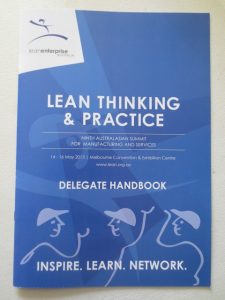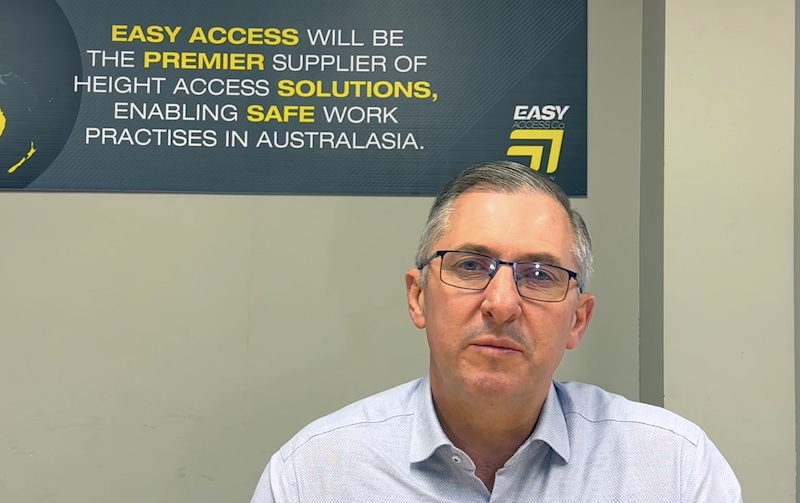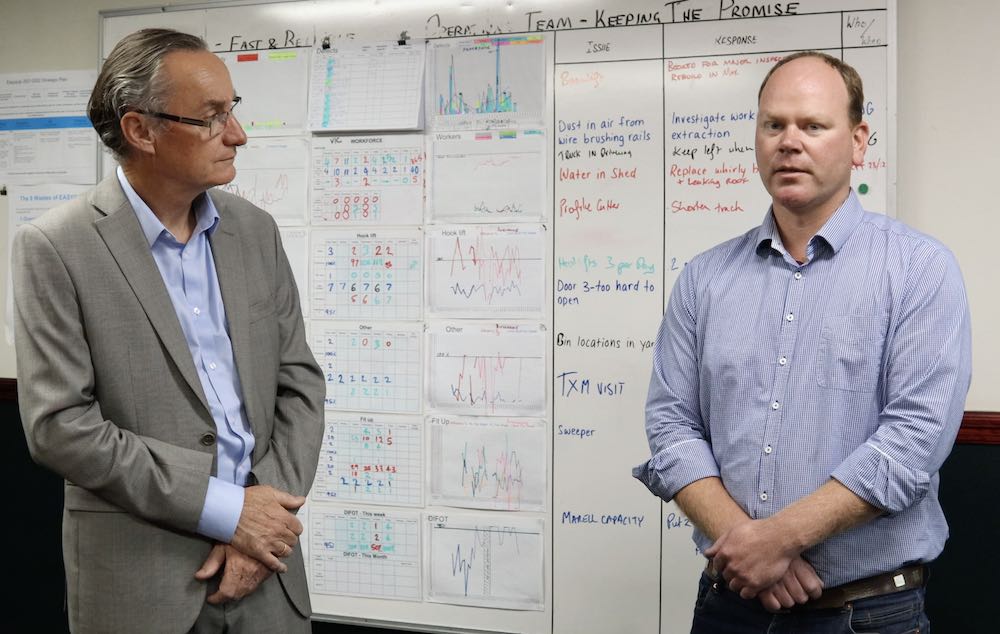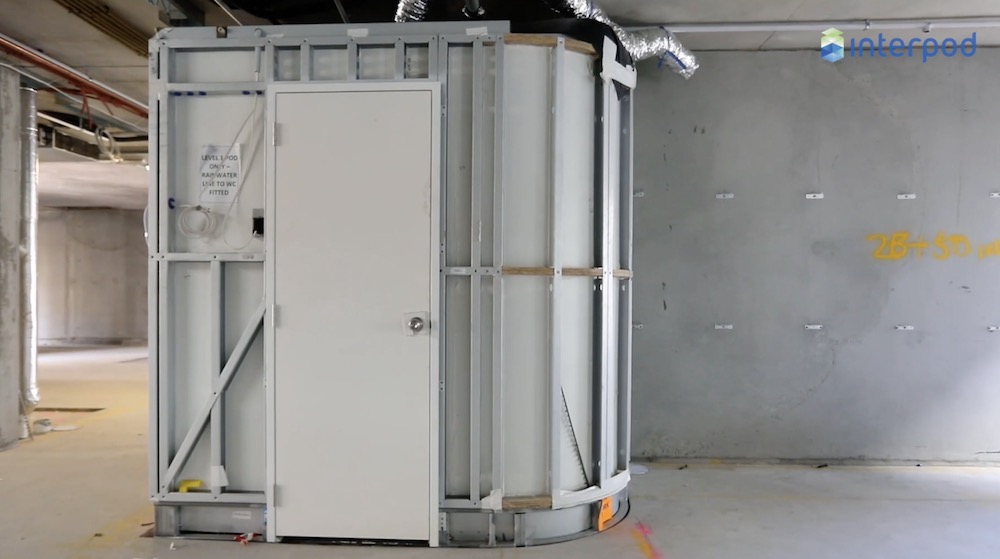Lean Enterprise Australia held it’s 9th Australasia Summit for Manufacturing and Services: “Lean Thinking and Practise: Inspire. Learn. Network”. It was held at the Melbourne Convention and Exhibition Centre on May 14 & 15, 2013.
Ten years ago, just as LEA was being formed, the Lean summits were attended by nearly 100% manufacturing companies. Over the last 10 years, the application of Lean thinking has broadened. At this Summit, only about 30% of attendees were from manufacturing. The remaining attendees represented the services and health industries, including government departments.
We heard from the CEO of the City of Melbourne, Dr Kathy Alexander about how the City sets out to add value to their customers, delving into processes and getting their people involved in asking questions and seeking solutions. Deb Hammond represented Victoria’s Traffic Accident Commission, telling us about her efforts to change the organisation’s perception that “continuous improvement” was simply upgraded software. Their organisation looked into how they add value to their customers and have simplified the application process, taking the time it takes filling in and processing application forms from 45 days to just 3 days by recognising that if you are seriously injured in a car accident and are in hospital, then 1) you are eligible for TAC cover and 2) probably not in the best shape to be filling in complex forms.
The Health sector was represented by Susan O’Neil from Cabrini Health. Her and her team have done amazing things to improve the efficiency through operating theatres and downstream bed services. Cabrini were building more theatres, taking their total number from 10 to 12, without adding any extra beds to look after people after surgery. Through a hugely complex process of engaging all stake holders, including the doctors, who are traditionally the rulers of the realms, the theatre timetables where streamlined. This allowed for better patient flow through the operating rooms and into recovery. Seemingly simple solutions, like having all of the heart surgery in one theatre so the nurses could reduce theatre setup by not having to drag specialised equipment in and out, have made huge gains in theatre utilisation. In manufacturing, we’d call this set up reduction. At Cabrini, it was revolutionary.
We still had manufacturing represented by Blue Scope Steel, with Laura Towey telling us about the Hastings plant’s fight for survival in their new global market. Their CEO has been their driving force, as well as a real “burning platform” to enhance the reasons for change.
Marigo Raftopoulos, CEO of Strategic|Games|Lab, led an interesting session about using gaming to enhance learning. We all know that a good simulation or activity does drive home training content that merely lecturing would never accomplish and Marigo provided lots of research to back up.
The best part about attending a “lean summit”? Being able to talk about what we do without having to explain the fundamentals and having people “get it”. It’s so good to be able to share experiences and learn from others, all for different industries and backgrounds, but the themes of Lean implementation struggles are universal. It’s nice to know we are not alone with are challenges and others have had great achievements, despite the challenges and slip backs that are always there. May be we just need to accept that implementing Lean, even though the basic principles are simple, will always be hard. As Jim Womack himself says “People ail try doing all of the easy things that don’t work; then they will be ready to do the hard things that do work.” And that’s Lean!
The Lean summit was attended by Michelle Brown





